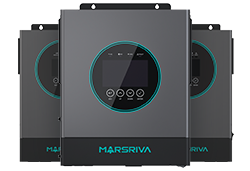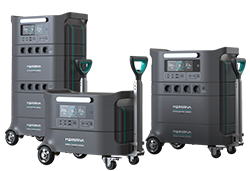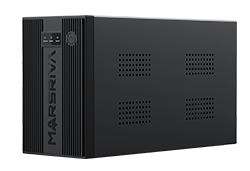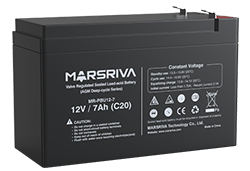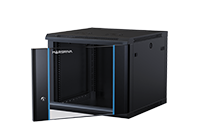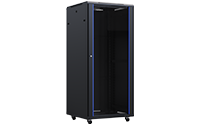Here are some of the most frequently asked questions about MARSRIVA products and services.
Our 24V/48V lithium battery pack supports BMS communication of 485 and CAN. Generally, it can support brands or protocols such as Deye, Growatt, Voltronic, and Pylon. For more applicable brands or protocol names, please refer to product manuals.
The cycle life of battery cells used in different products is different. For example, the BYD and REPT cells used in our lithium battery pack products have cycle life of up to 6,000 cycles and theoretical service life of more than 10 years.
We mainly have the following lithium battery products:
LAR Battery, also called Lead-acid Replacement Battery, uses similar casing to lead-acid batteries and LiFePO4 battery cells.
Wall-mounted 12V lithium battery pack, can be used with power inverter and solar inverter.
24V/48V home storage lithium battery pack, specifically for solar inverters that require 24V or 48V battery voltage input.
High-voltage battery rack, used for high-power solar inverters which need over 48V battery voltage input.
Power Station, the product that combines battery energy storage and inverter output.
Lithium battery products have significant advantages such as small size, high energy density, short charging time and long service life. The service life of lithium battery product mainly depends on the battery cycle life. For example, the cycle life of a lithium battery is marked as 3000 cycles. If it is charged and discharged once a day, the theoretical service life is 3000/365, which is about 8 years.
The main difference between lead-acid batteries and lithium batteries is the different materials of the electrolytes. In addition, there will be differences in energy density, service life, applicable equipment, and charging and discharging performance.
Lithium batteries can store more energy than lead-acid batteries in the same volume; the working performance in high and low temperature environments is more stable than lead-acid batteries; and the depth of discharging is less affected by the discharge rate.
In short, lithium batteries have higher energy density and working performance, and lead-acid batteries are more economical.
Privacy Policy 丨 Powered by www.300.cn
SAF Coolest v1.3.1.2 设置面板 RMISS-AFRF-JZSQE-XFV
无数据提示
Sorry,The Current Column Is Being Updated
Please Stay Tuned!


